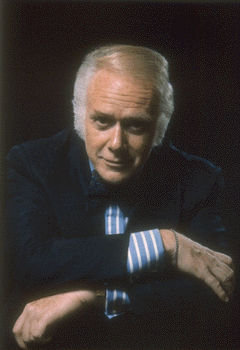Annette, Emilie, Yvonne, Cecile and Marie aroused worldwide attention after their birth at Corbeil, Ontario, to Oliva and Elzire Dionne on 28 May 1934. With only two previous cases on record, they were the only quintuplets to survive for more than a few days. This miracle, plus their baby cuteness, the poverty of their French Canadian parents, and the controversy over their guardianship, made them the sensation of the 1930s. Not until September 1987 was another set of quints — this time two boys and three girls — born in Canada.
Annette, Emilie, Yvonne, Cecile and Marie aroused worldwide attention after their birth at Corbeil, Ontario, to Oliva and Elzire Dionne on 28 May 1934. With only two previous cases on record, they were the only quintuplets to survive for more than a few days. This miracle, plus their baby cuteness, the poverty of their French Canadian parents, and the controversy over their guardianship, made them the sensation of the 1930s.

Fearing private exploitation, the Ontario government removed them from their parents and placed them in a specially built hospital under the care of Dr. Allan Roy Dafoe, who had delivered them. Oliva Dionne fought a nine-year battle to regain them. In the interval, they became the country's biggest tourist attraction and a $500 million asset to the province. Three million people trekked to "Quintland" to watch the babies at play behind a one-way screen.
Hollywood fictionalized their story in three movies in the 1930s. Dozens of commercial endorsements swelled their trust fund to nearly $1 million. A reunion with the family in November 1943 was not successful. Eventually the quintuplets moved to Montreal. Three of the quintuplets — Annette, Cecile and Marie — married but later divorced. Emilie, an epileptic, entered a convent and died in August 1954 during a seizure. The four survivors told their own often bitter story in We Were Five, published in 1965. Five years later Marie died in February 1970 from what was apparently a blood clot in the brain (the cause of death is uncertain). The remaining three shared the final instalment of the much-depleted trust fund in 1979.
In 1997, Annette, Cecile, and Yvonne claimed that their father had sexually abused them in their book Family Secrets: The Dionne Quintuplets’ Own Story, co-authored by Jean-Yves Soucy. In March 1998, the Ontario government announced that it would pay the three surviving quints $4 million in compensation for the nine years they spent on display at a tourist theme park. Three years later Yvonne died of cancer. Cecile died at a hospital in Montreal on 28 July 2025.
Films and Documentaries
Reunion (1936), directed by Norman Tourgog. Fictionalized account starring the quintuplets.The Country Doctor (1936), directed by Henry King. Fictionalized account starring the quintuplets.
Five of a Kind (1938), directed by Herbert Leeds. Fictionalized account starring the quintuplets.
Five Times Five (1939), directed by Frank Donovan. Documentary.
Million Dollar Babies: The Shocking Story of the Dionne Quintuplets (1994). Directed by Christian Duguay. Fictionalized account.
Full Circle: The Untold Story of the Dionne Quintuplets (1998), directed by Maya Gallus. Documentary.

 Share on Facebook
Share on Facebook Share on X
Share on X Share by Email
Share by Email Share on Google Classroom
Share on Google Classroom





